Introduction
Understanding motorcycle specifications is essential for any rider looking to make an informed decision or gain a deeper knowledge of their motorcycle. These specifications provide critical information about a motorcycle’s performance, capabilities, and design. In this comprehensive guide, we will explore the key motorcycle specs, decoding their meanings and significance. From engine specifications and power output to dimensions, weight, and braking systems, we will provide specific details to help you gain a comprehensive understanding of motorcycle specifications.
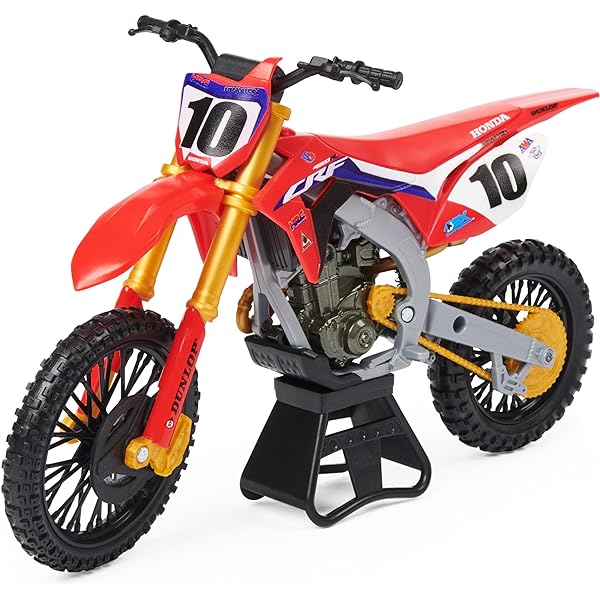
Mastering Motorcycle Specs: Understanding the Key Specifications
I. Engine Specifications: The Heart of a Motorcycle
-
Engine Type:
- The engine type refers to the design and configuration of the engine. Common types include single-cylinder, parallel-twin, V-twin, inline-four, and boxer engines. Each engine type has unique characteristics that impact power delivery, performance, and overall ride experience.
-
Displacement:
- Displacement, often measured in cubic centimeters (cc), refers to the total volume swept by all the pistons within the engine’s cylinders during one complete cycle. Higher displacement generally indicates more power and torque, but it’s important to consider other factors, such as engine design and technology, for a comprehensive understanding of performance.
-
Power Output:
- Power output, typically measured in horsepower (hp) or kilowatts (kW), represents the maximum sustained power that the engine can produce. Higher power output generally means greater acceleration and higher top speeds. It is important to factor in the power-to-weight ratio as well, as a lighter motorcycle can feel more powerful even with less horsepower.
-
Torque:
- Torque represents the rotational force generated by the engine, measured in Newton-meters (Nm) or pound-feet (lb-ft). Higher torque improves low-end throttle response and acceleration. Understanding the torque curve is essential as it reveals how torque is delivered across the engine’s RPM range.
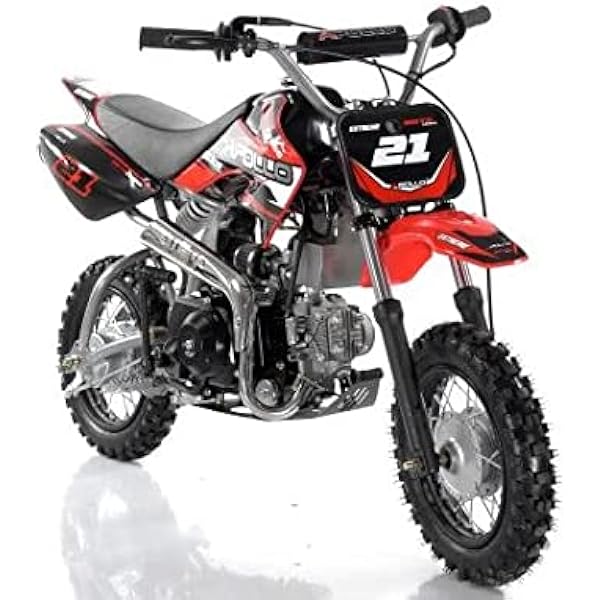
II. Dimensions and Weight: Ensuring Proportions and Maneuverability
-
Wheelbase:
- The wheelbase is the distance between the centers of the motorcycle’s front and rear wheels. It plays a crucial role in determining the motorcycle’s stability, handling, and overall ride feel. Longer wheelbases generally provide stability, while shorter wheelbases contribute to agility and maneuverability.
-
Seat Height:
- Seat height measures the distance from the ground to the top surface of the motorcycle’s seat. It plays a significant role in determining how comfortably a rider can reach the ground while seated. Seat height affects ergonomics, stability, and overall confidence during stops and slow-speed maneuvers.
-
Overall Length, Width, and Height:
- These measurements represent the motorcycle’s dimensions in terms of length, width, and height. They determine the physical footprint of the motorcycle and impact aspects such as stability, maneuverability, and ease of parking. A compact motorcycle may be easier to handle in congested urban environments, while longer or wider motorcycles offer enhanced touring capabilities and stability at higher speeds.
-
Weight:
- Weight is a critical consideration for motorcycle performance and handling. It encompasses many factors, such as curb weight (the weight of the motorcycle with all necessary fluids and a full fuel tank), dry weight (without fluids or fuel), and carrying capacity. Lighter motorcycles generally offer better acceleration, maneuverability, and fuel efficiency, while heavier motorcycles may provide stability and increased comfort over long distances.
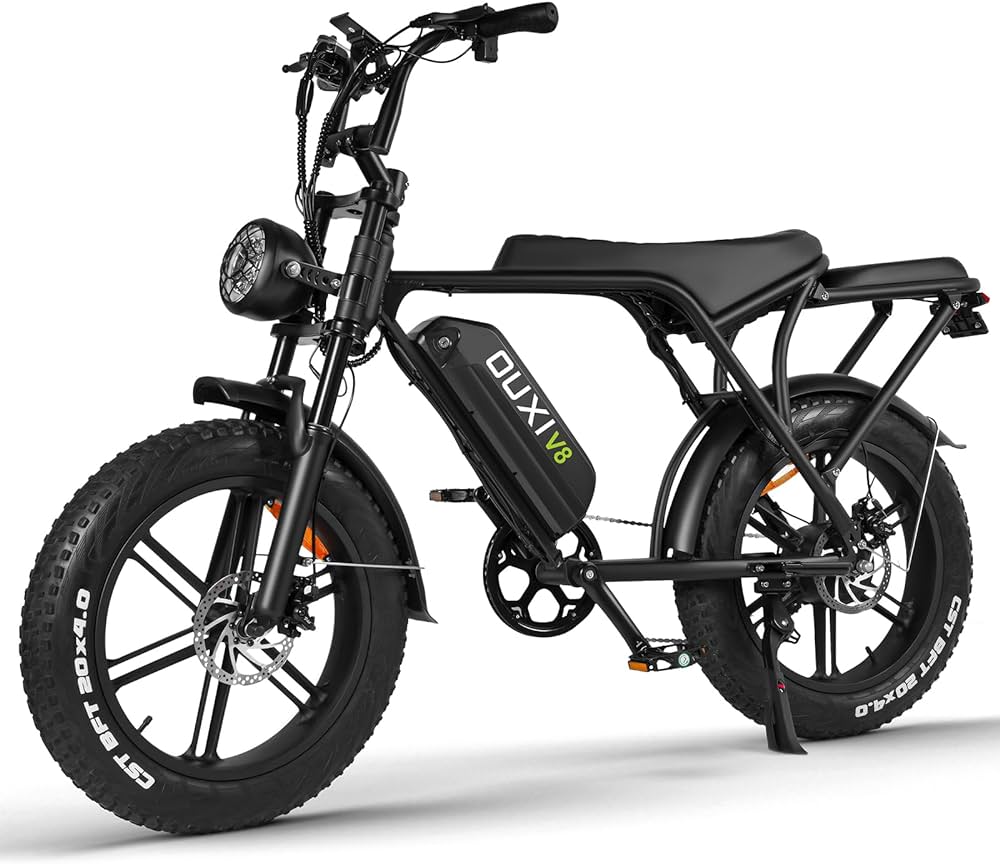
III. Chassis and Suspension: The Backbone of Handling
-
Frame Type:
- The frame type refers to the design and construction of the motorcycle’s main structure. Common frame types include diamond, trellis, perimeter, and single spar frames. Each frame type offers specific characteristics, such as rigidity, weight distribution, and ultimately, impacts the motorcycle’s handling and stability.
-
Suspension:
- The suspension system comprises front forks and rear shock absorbers that help absorb bumps, maintain tire contact with the road, and provide a comfortable ride. Adjustable suspension allows riders to fine-tune the motorcycle’s handling characteristics to suit their preferences and road conditions.
IV. Braking System: Ensuring Safety and Control
-
Braking Type:
- Motorcycles employ various braking systems, including disc brakes and drum brakes. Disc brakes are more common and offer superior stopping power and modulation. Some motorcycles feature advanced braking systems such as anti-lock braking systems (ABS) that prevent wheel lock-up during braking, enhancing safety and control.
-
Brake Size:
- Brake size refers to the diameter of the brake disc or drum. Larger brake sizes generally provide better heat dissipation and improved braking performance. Combined with efficient brake calipers and hydraulic systems, appropriate brake size ensures optimal stopping power for the motorcycle.
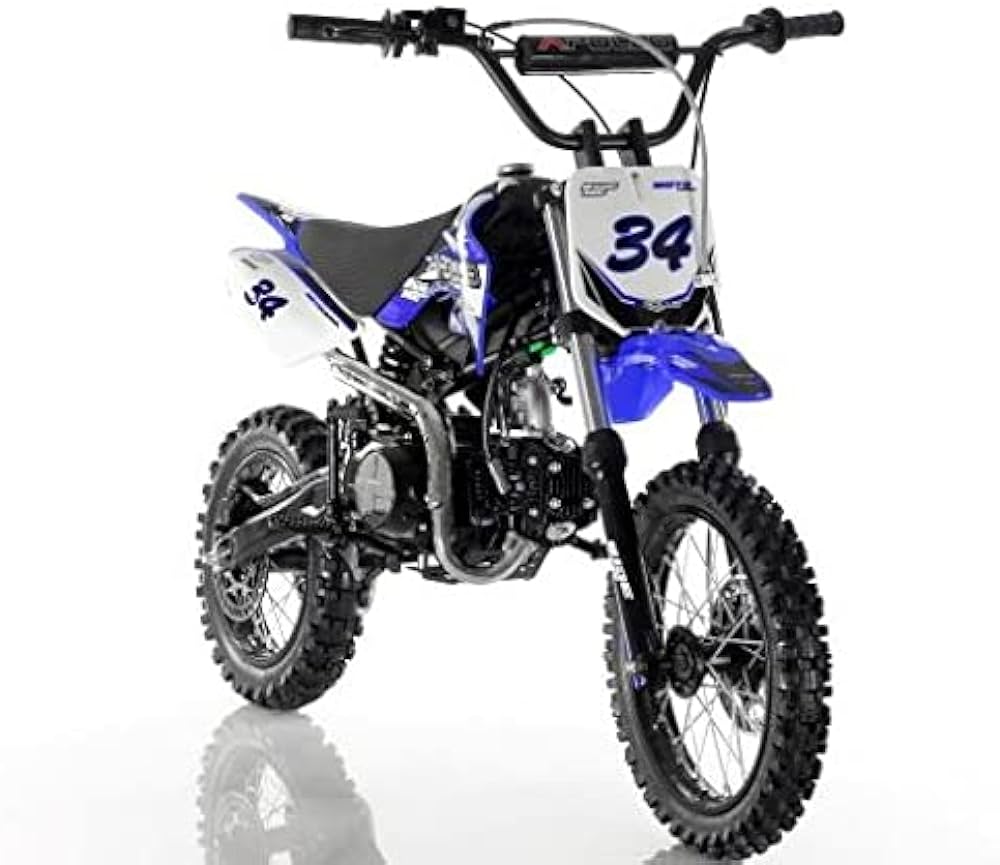
V. Fuel Capacity and Efficiency: Determining Range and Economy
-
Fuel Capacity:
- Fuel capacity indicates the maximum amount of fuel that the motorcycle’s fuel tank can hold. It impacts the motorcycle’s range between refueling stops and is particularly significant for long-distance touring or commuting purposes.
-
Fuel Efficiency:
- Fuel efficiency, measured in miles per gallon (mpg) or liters per 100 kilometers (km/L), represents the motorcycle’s ability to convert fuel into motion. Higher fuel efficiency translates to longer ranges and reduced fuel costs, making it an essential consideration for riders who frequently cover long distances or ride extensively in urban environments.
VI. Additional Features: Enhancing Comfort and Convenience
-
Ergonomics:
- Ergonomics encompass the motorcycle’s design factors that influence rider comfort, such as handlebar position, footpeg placement, and seat design. Proper ergonomics ensure rider comfort, reducing fatigue and strain during extended rides.
-
Electronics and Technology:
- Modern motorcycles often feature advanced electronics and technology, including advanced instrument clusters, ride modes, traction control systems, and electronic suspension adjustments. These technologies enhance the motorcycle’s performance, safety, and overall riding experience.
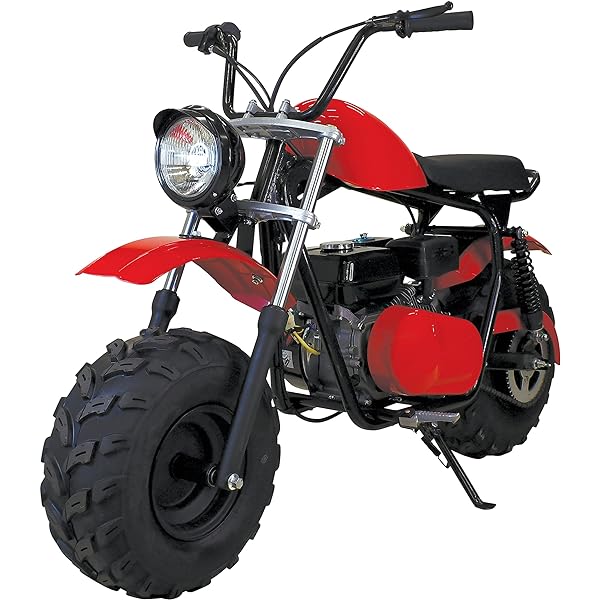
VII. Conclusion: Decoding Motorcycle Specifications for Informed Riding
Understanding motorcycle specifications provides valuable insights into a motorcycle’s performance, capabilities, and design. By familiarizing yourself with engine specifications, dimensions, weight, braking systems, and additional features, you can make informed decisions when choosing a motorcycle and tailor your riding experience to suit your needs and preferences.
Remember that specifications alone do not paint a complete picture of a motorcycle’s performance on the road. It’s essential to test ride motorcycles, consider personal factors such as riding experience, and match a motorcycle’s specifications with your intended riding style and preferences.
Continued exploration and knowledge of motorcycle specifications will empower you as a rider and allow you to fully appreciate the intricacies and capabilities of your chosen motorcycle. Ride safely and enjoy the thrilling world of motorcycle riding!
